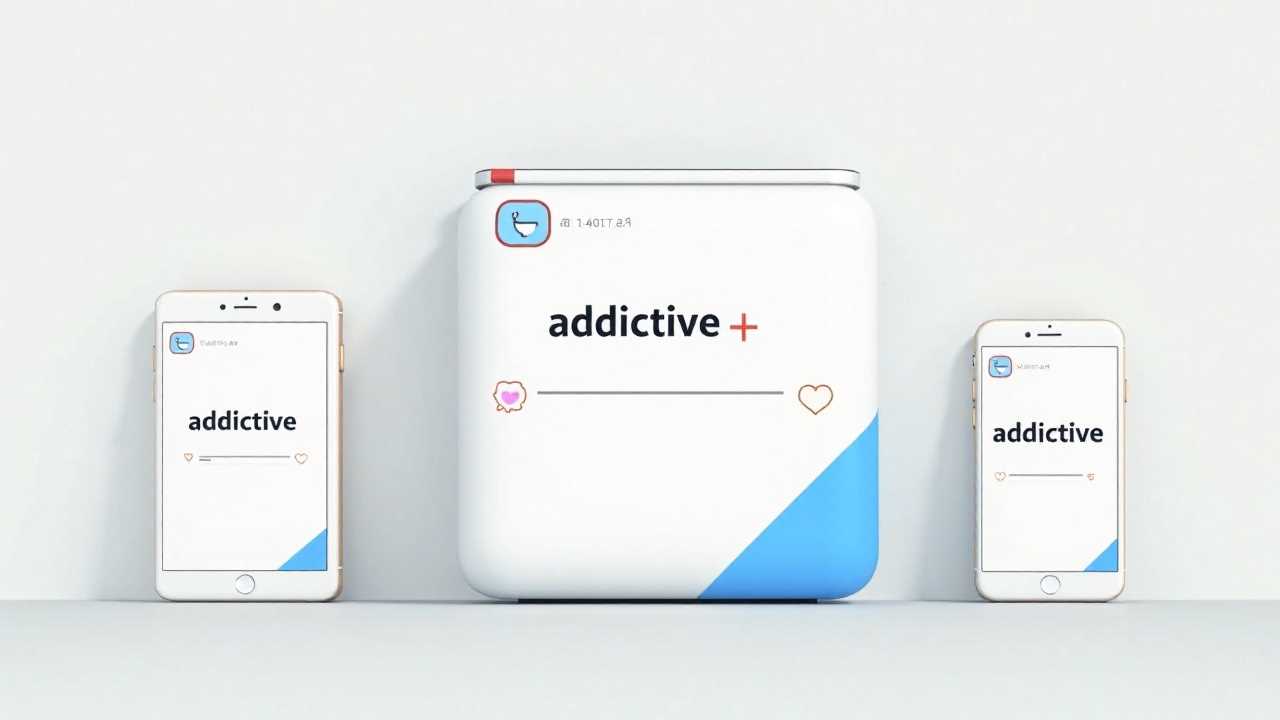
Understanding Alternative Communication Devices
Alternative communication devices are designed to assist individuals who face challenges in expressing themselves verbally. These devices play a pivotal role in augmentative and assistive technology, providing essential support for those with speech impairments or other communication difficulties. By utilizing these devices, users can engage in meaningful interaction and improve their overall quality of life.
The landscape of alternative communication devices is diverse, ranging from simple picture boards to sophisticated speech-generating devices. Each type serves a unique purpose, tailored to meet the specific needs of users. The primary goal of these devices is to facilitate speech and enhance accessibility for individuals who may struggle with traditional forms of communication.
The Role of Augmentative and Assistive Technology
Augmentative and assistive technology encompasses a broad spectrum of tools and strategies aimed at improving communication for individuals with disabilities. These technologies are not just limited to speech devices; they also include software applications, mobile apps, and even adaptive switches that enable users to interact with their environment more effectively.
The integration of technology in augmentative communication has transformed how individuals express themselves. For instance, modern devices often come equipped with touch screens, voice recognition, and customizable interfaces, allowing users to personalize their communication experience. This level of customization is vital, as it empowers users to communicate in ways that feel natural and comfortable to them.
Enhancing Accessibility Through Technology
Accessibility is a fundamental aspect of alternative communication devices. These tools must be designed with the user in mind, ensuring that they are easy to use and accessible to individuals with varying levels of ability. The development of user-friendly interfaces and intuitive controls has made it easier for individuals to engage with these devices, fostering independence and confidence in their communication skills.
Moreover, the advent of mobile technology has significantly increased accessibility. Many alternative communication applications are now available on smartphones and tablets, making it easier for users to carry their communication tools with them wherever they go. This portability not only enhances convenience but also encourages social interaction in various settings, from home to school and beyond.
Speech Generation and Interaction
One of the most significant advancements in alternative communication devices is the ability to generate speech. These devices can convert text or symbols into spoken words, allowing users to communicate effectively with others. This feature is particularly beneficial for individuals who may have difficulty articulating their thoughts verbally.
The interaction capabilities of these devices have also improved dramatically. Many modern devices support multi-modal communication, enabling users to combine speech generation with gestures, facial expressions, and other forms of non-verbal communication. This holistic approach to communication fosters richer interactions and helps users convey their emotions and intentions more effectively.
Personalization and User-Centric Design
Personalization is a key factor in the effectiveness of alternative communication devices. Each user has unique needs, preferences, and communication styles. Therefore, it is essential for these devices to offer customizable features that allow users to tailor their experience.
User-centric design principles guide the development of alternative communication devices, ensuring that they are intuitive and user-friendly. This approach involves engaging users in the design process, gathering feedback, and making iterative improvements based on real-world usage. By prioritizing the needs and preferences of users, developers can create devices that truly empower individuals to communicate effectively.
Training and Support for Users
While alternative communication devices offer significant benefits, effective usage often requires training and support. Users may need guidance on how to operate their devices, navigate software applications, and develop communication strategies. Providing comprehensive training programs and ongoing support is essential to ensure that users can maximize the potential of their devices.
Support can come in various forms, including workshops, online tutorials, and one-on-one coaching sessions. By equipping users with the necessary skills and knowledge, we can help them become more confident communicators and advocates for their needs.
Future Trends in Alternative Communication Devices
The future of alternative communication devices is promising, with ongoing advancements in technology and design. Emerging trends include the integration of artificial intelligence, machine learning, and natural language processing, which can enhance the functionality and adaptability of these devices.
As technology continues to evolve, we can expect to see even more sophisticated features that cater to the diverse needs of users. For instance, devices may become more adept at understanding context, allowing for more nuanced communication. Additionally, the development of wearable technology may lead to new ways for individuals to interact with their environment and communicate with others.
A Vision for Inclusive Communication
The journey toward empowering communication through alternative devices is ongoing. By focusing on augmentative and assistive technology, we can create a more inclusive society where everyone has the opportunity to express themselves. Through continuous innovation, user-centered design, and comprehensive support, we can ensure that alternative communication devices remain effective tools for enhancing accessibility, speech, and interaction for individuals with communication challenges.
As we look to the future, our commitment to improving alternative communication devices will play a crucial role in fostering a world where every voice is heard and valued.
 Careers in EducationElementary EducationHigh School EducationEducational TechnologyTeaching StrategiesSpecial EducationPrivacy PolicyTerms And Conditions
Careers in EducationElementary EducationHigh School EducationEducational TechnologyTeaching StrategiesSpecial EducationPrivacy PolicyTerms And Conditions
